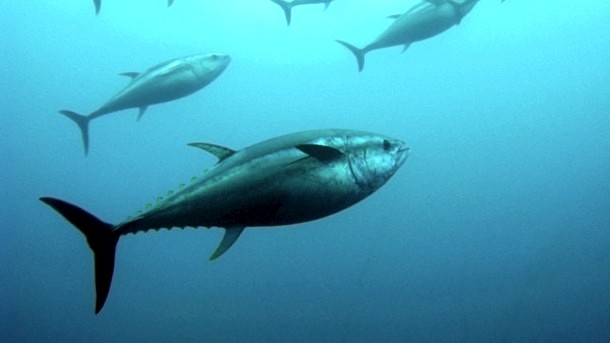Restauranteur pays $117k for endangered fish in final Tsukiji auction

The 200kg fish was sold to Kiyomura Co., a sushi chain operator, at the traditional New Year auction. The day was “full of emotion”, said Kiyomura’s president, Kiyoshi Kimura, after paying the equivalent of around JPY70,000 (US$586) per kilo for the tuna.
The world-famous Tsukiji will close later this year and move to a new, purpose-built site in Tokyo Bay after 80 years of service. The market replaced Nihombashi fish market, which was destroyed in the 1923 Great Kanto earthquake, when it opened in 1935. Over the generations it has become one of Tokyo’s best-loved landmarks and a big draw for tourists.
The price paid for the fish this year is much less than the winning 2013 bid, which came in at JPY154.4m (US$1.4m) for a Hong Kong restaurant chain, and will forever remain the record price at the Tsukiji auction.
New Year is big business across Japan, where a grand start is seen as auspicious for the rest of the year. It is believed that the bluefin auction will continue in 2017 at the market’s new location, though this will come in the face of dwindling supplies of the enormous fish.
Scientists with the International Scientific Committee for Tuna and Tuna-like Species in the North Pacific Ocean, or ISC, published a report in 2014 that confirmed that the highly valued resource had been ravaged by rampant overfishing.
The study found that the population of Pacific bluefin tuna is barely 4% of its size before fishing began—a dramatic decline equivalent to the entire US population dropping to that of Pennsylvania, according to Amanda Nickson, director of global tuna conservation for The Pew Charitable Trusts.
The population of Pacific bluefin tuna is set to keep on declining “even if governments ensure existing management measures are fully implemented,” said Nickson.
Despite hopes that an agreement would be reached at a meeting in Sapporo last September to protect bluefin stocks, the Northern Committee of the Western and Central Pacific Fisheries Commission made no progress on either short-term steps to start the population’s recovery or longer-term measures to rebuild the species to healthy levels.
“Members could not even agree to ask scientists to evaluate the effects of stricter management on the future health of the population,” Nickson said.
But there remains hope for the species. Atlantic bluefin tuna was estimated to be at 15-20% of unfished levels when parties to the Convention on International Trade in Endangered Species of Wild Fauna and Flora considered a global trade ban in 2010.
Today, eastern Atlantic and Mediterranean bluefin are showing signs of growth in response to sharp catch reductions following the 2010 trade-ban threat—a measure Nickson hopes the international community may be forced to look at to help save the Pacific species.
“The international community must let the Japanese government know that additional action is needed,” she said.
Bluefin is usually the most expensive species available at Tsukiji, the biggest fish and wholesale seafood market in the world.
A single piece of “otoro”, the fish’s fatty underbelly, can cost up to several thousand yen at high-end Tokyo restaurants.
Though no amount of money will be enough to pay for the dish if stocks die out forever.









